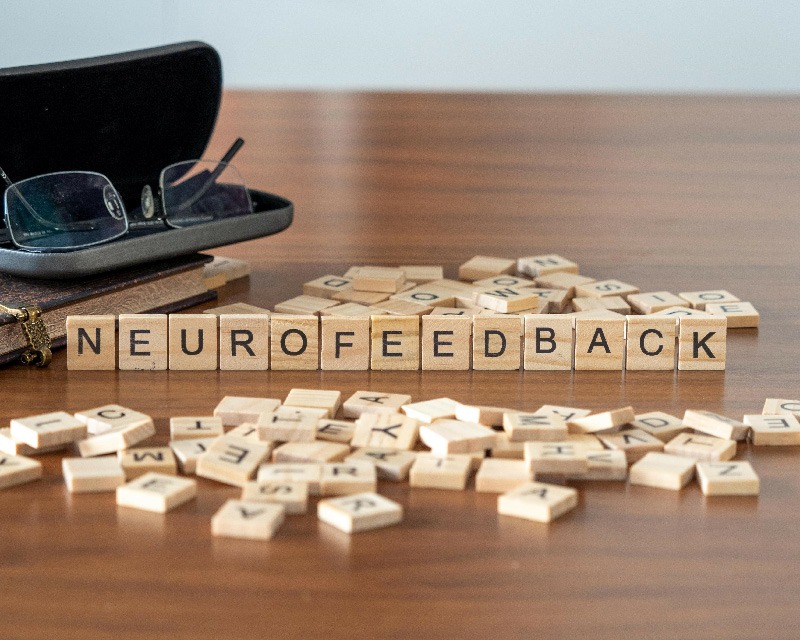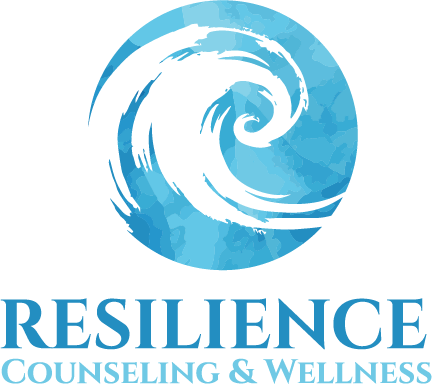Do you ever think to yourself “If I could just rewire my brain…?”
Maybe you’re looking to reset and balance your nervous system so you can feel more calm and present in your life.
Or maybe you’re completely fed up with your mind feeling hijacked by the frustrating and chronic patterns of sadness, worry, sleep issues, or difficulty concentrating.
Or best-case scenario, you’re just looking to level up some area of your life so you can finally fulfill your potential to be the best version of yourself.
If any of these descriptive blurbs sound like you then you would be an ideal candidate for NeurOptimal Neurofeedback & Brain Training. Hesitant or skeptical? We get it!
Read on to learn more about how Ashlie, one of the owners of Resilience Counseling & Wellness, found her way to NeurOptimal and what she discovered by using it on herself and her own family.
What is NeurOptimal and why should I try this?
If you’re reading this you have probably been looking for ways to feel better or function better, but you aren’t sure anymore what would even be helpful. And you probably needed a solution YESTERDAY, as other things you’ve tried have only been marginally successful.
NeurOptimal Neurofeedback is an advanced neurotechnology that uses real-time feedback to help the brain learn to function more efficiently.
By using sensors to measure the electrical activity of the brain, information is fed back to the individual in the form of auditory or visual cues. By attending to these cues, the individual learns to control their brain waves, which results in powerful changes in their thoughts, feelings, and behaviors.
The result? A more balanced central nervous system, more optimized brain, and improved quality of life. So not only do aggravating symptoms and problems begin to dissipate, but they are replaced by increased resilience, improved productivity, more balanced emotions, and peak performance across a wide variety of contexts.
NeurOptimal is approved by the FDA as a wellness device, so it has been shown to improve overall well-being. Deeming it a “wellness device” rather than a “medical device” was intentional and crucial, as this allows you to take NeurOptimal home with you to use in the privacy and comfort of your own home (which you are unable to do with something that is deemed a medical device).
How and why was NeurOptimal Neurofeedback developed?
The two creators of it, Dr. Valdeane Brown and Dr. Susan Brown, were clinical psychologists who were looking for a way to help people improve their brain function without the need for medication or surgery. They were already trained and very experienced in traditional neurofeedback, or protocol-based (linear) neurofeedback and were active contributors in the field of neurofeedback for many years.
NeurOptimal was the evolution of that work and was built off the premise that the brain is an intelligent, self-organizing dynamical system which can constantly be adapting and changing based on new information that it receives.

Why choose NeurOptimal over traditional linear (protocol-based) neurofeedback?

We aren’t trying to say NeurOptimal is necessarily better than linear neurofeedback, as they are both effective. But if you’re wondering why you might choose NeurOptimal here are the reasons that make sense to us and why we decided as a counseling and wellness practice to invest in the NeurOptimal systems for our clients.
The NeurOptimal creators were looking to simplify the process of neurofeedback , improve results, eliminate the need for a diagnosis, erase the treatment or side effects, and reduce costs for the user. They also were trying to eliminate having to use specific protocols for specific issues, which would remove the issue of having to do multiple protocols (ie, like doing one protocol for depression and a completely separate protocol for anxiety, for instance).
Protocol-based neurofeedback is effective but NeurOptimal is a more simple and seamless process, much less labor-intensive, and far more cost-efficient. All this makes for a better user experience for the client, which is super important to us in our trauma-informed counseling practice.
Years of research and improving upon traditional neurofeedback led to several versions of the dynamical neurofeedback, with the most current version being NeurOptimal 3.0. Because this version is training the brain on 20 different markers at one time, there is no need for an evaluation or diagnosis and no need for following or tweaking protocols. It’s a more holistic approach that doesn’t need to be adjusted, as it’s all based on direct feedback from the brain in real time.
The NeurOptimal algorithms and program train all the different areas of the brain simultaneously in a cohesive system, so what this means is that each person who does the brain training will have a wider span of positive treatment effects. So with each session, the brain continues to give feedback or information into the NeurOptimal software and the system adjusts and auto-navigates based on the information it receives. It’s brilliant, seamless, and so easy to do that you can take a NeurOptimal system home and do it yourself!

What types of ways can NeurOptimal help my brain function better?
- 1
Increasing the coherence of brain waves, which is a measure of how well the different parts of the brain are communicating with each other
- 2
Reducing the activity of the sympathetic nervous system, which is responsible for the “fight-or-flight” response
- 3
Increasing the activity of the parasympathetic nervous system, which is responsible for the “rest-and-digest” response and the ability to relax
So what types of benefits will I see with NeurOptimal Neurofeedback?

- Improved focus and concentration
- Reduced stress
- Improved sleep that feels more restful
- Enhanced creativity and problem-solving skills
- Improved memory and learning
- Improved performance (ie, athletic performance, music performance, job performance, etc)
- Improved productivity, discipline, organizational skills
- Enhanced overall well-being
Not ready yet? Want some more specific examples about how NeurOptimal has helped Ashlie and her family? Click the button below to read more!

